Scientists have discovered a viable community of bacteria that survives in a pitch-black, salty, and sub-zero environment beneath nearly 20 meters of ice in one of Antarctica’s most isolated lakes. Lake Vida, the largest of several lakes found in the McMurdo Dry Valleys, contains no oxygen and possesses the highest nitrous oxide levels of any natural water body on the planet. A briny liquid that is approximately six times saltier than seawater percolates throughout the icy environment that has an average temperature of minus 13.5 degrees centigrade (8 degrees Fahrenheit).
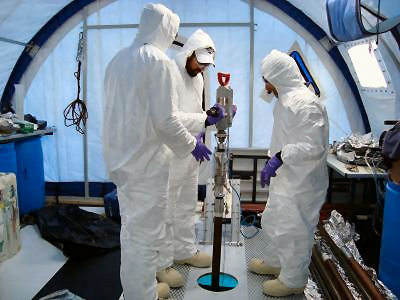
“Our knowledge of geochemical and microbial processes in lightless icy environments, especially at subzero temperatures, has been mostly unknown up until now,” said researcher Alison Murray, a microbial ecologist at the Desert Research Institute. “This work expands our understanding of the types of life that can survive in these isolated, cryoecosystems and how different strategies may be used to exist in such challenging environments.”
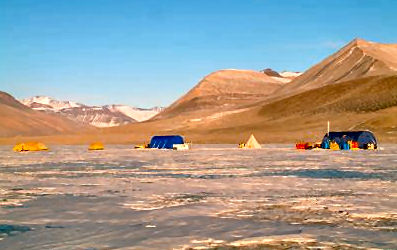
“It’s plausible that a life-supporting energy source exists solely from the chemical reaction between anoxic salt water and the rock,” explained co-researcher Christian Fritsen, also from the Desert Research Institute.
“If that’s the case,” added Murray, “this gives us an entirely new framework for thinking of how life can be supported in cryoecosystems on Earth and in other icy worlds of the Universe.”
Further research is currently under way to analyze the abiotic, chemical interactions between the Lake Vida brine and the sediment, in addition to investigating the microbial community by using different genome sequencing approaches. The results could help establish the potential for life in other salty, cryogenic environments beyond Earth.
Related:
Discuss this article in our forum
Arctic ice shrinks, Antarctic grows
Antarctic Lakes May Harbor Unique Ecosystems
Penguins counted from space

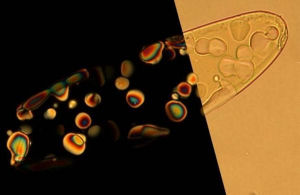



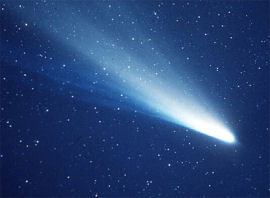
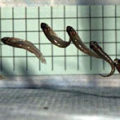

![15.8g Iron Meteorite Windowed [Iridium Cobalt Nickel]:Ancient Fall::New Find: picture](/store/img/g/eXEAAOSw-slmGxgw/s-l225/15-8g-Iron-Meteorite-Windowed-Iridium-Cobalt-Nicke.jpg)


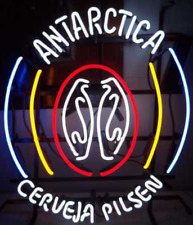
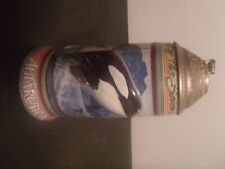

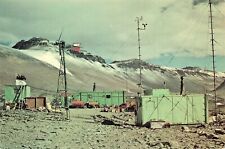



Comments are closed.